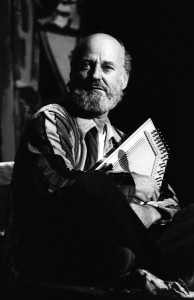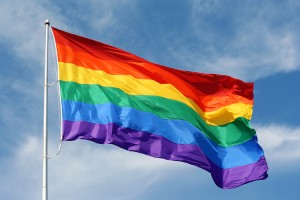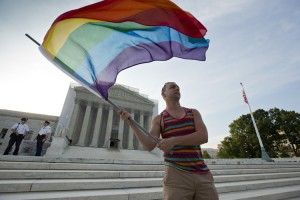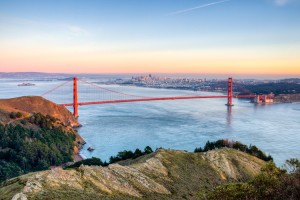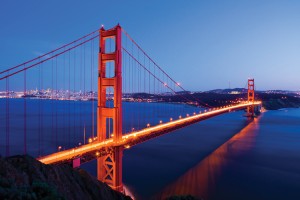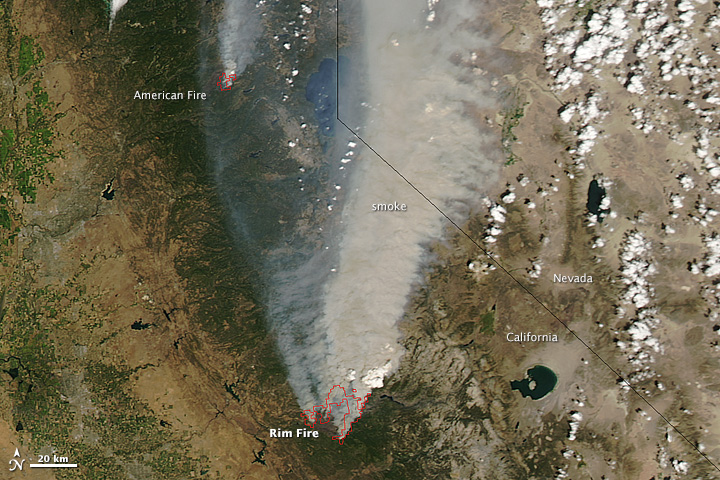National Poetry Month: Lawrence Ferlinghetti
Monday, April 12th, 2021April is National Poetry Month, an annual celebration of this unique form of literature. Each week, Behind the Headlines will feature the art of poetry or a famous poet.
San Francisco, California, is home to such famous landmarks as Alcatraz, the Golden Gate Bridge, and City Lights bookstore. In 1953, the independent bookstore was founded by the American poet Lawrence Ferlinghetti (1919-2021) and his friend Peter Martin. The store became a gathering place for the Beat movement and other avant-garde (experimental) writers and artists of the 1950’s. The Beats were writers who disapproved of commercialism and middle-class American values. Ferlinghetti was best known as a leader of the Beat movement.
Ferlinghetti wrote in colloquial (conversational) free verse. Free verse is a style of poetry that does not follow traditional rules of poetry composition. His poetry describes the need to release literature and life from conformity and timidity. The grotesque and a feeling of intense excitement are combined in his work, especially in his most famous poetry collection, A Coney Island of the Mind (1958). The collection is also a satiric criticism of American culture. Satire is the use of wit to attack human conduct or institutions.
Lawrence Monsanto Ferling was born on March 24, 1919, in Yonkers, New York. His father, an Italian immigrant, had shortened the family name, Ferlinghetti, after coming to the United States. As an adult, Lawrence learned about his father’s original name and eventually took it as his own. He graduated from the University of North Carolina at Chapel Hill in 1941 with a bachelor’s degree in journalism. After serving in the U.S. Navy during World War II (1939-1945), he earned a master’s degree in literature from Columbia University in 1947 and a doctorate degree in literature from the Sorbonne in Paris, France, in 1950.
When he returned to the United States, Ferlinghetti settled in San Francisco, California. There, in 1953, he and Peter Martin established the City Lights bookstore. In 1955, Ferlinghetti started a publishing company, also called City Lights. He published his own first volume of poetry, Pictures of the Gone World (1955), as well as works by Allen Ginsberg, Jack Kerouac, Kenneth Rexroth, and others.
Ferlinghetti’s other collections of poetry include Endless Life: Selected Poems (1981); These Are My Rivers: New and Selected Poems, 1955-1993 (1993); A Far Rockaway of the Heart (1997); and How to Paint Sunlight: Lyric Poems and Others, 1997-2000 and San Francisco Poems (both 2001). His novels include Her (1960) and Love in the Days of Rage (1988). Poetry as Insurgent Art (2007) contains his writings on the nature of poetry. Writing Across the Landscape (2015) is a collection of travel journal entries written from 1960 to 2010. In 2019, Ferlinghetti published Little Boy, an autobiographical prose poem. He also published plays and composed oral messages—poems to be spoken to jazz accompaniment. Ferlinghetti died on Feb. 22, 2021.

